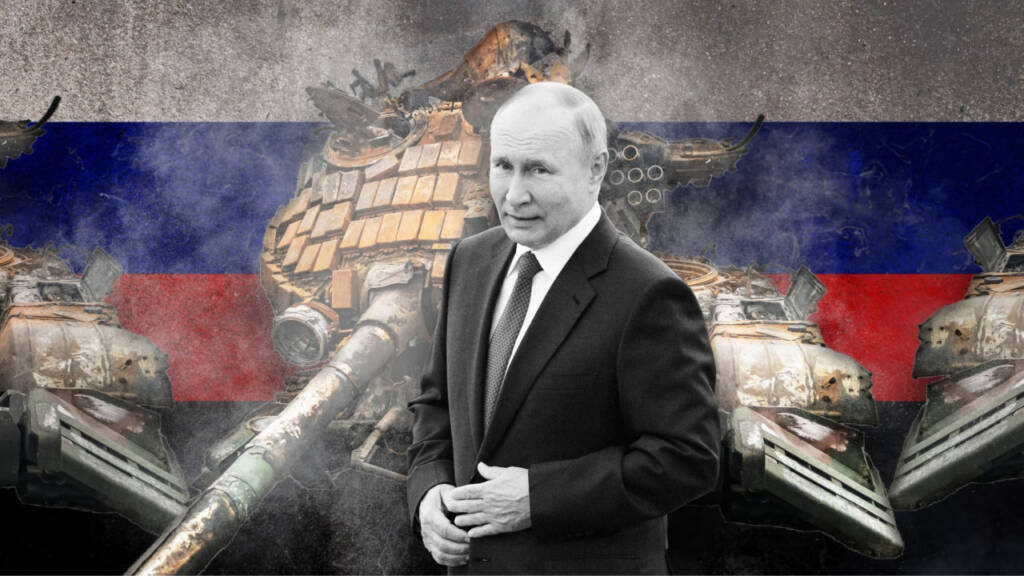In recent years, Russia’s presence in Central Africa has significantly increased. The country has developed stronger economic and military ties with nations in the region and is positioning itself as a major player. One way Russia is asserting its influence is by helping to counter the M23 crisis, which is being fueled by Rwanda, backed by the United States. Furthermore, Russia’s payment system is expanding in the DRC, indicating its growing presence in the region.
Russia: expanding influence in Central Africa
Increasing influence of Russia in Central Africa can be attributed to its strategic interests in the region. The area is rich in natural resources, including gold, diamonds, and other valuable minerals. With China already established in the region, Russia has been seeking to expand its influence and secure a share in these resources.
In recent years, Russia has signed agreements with several countries in the region, including the Central African Republic (CAR), Sudan, and the Democratic Republic of Congo (DRC). Russia has been providing military training and supplying weapons to these nations, aiming to counterbalance the influence of other major powers like the United States and China.
Countering the M23 crisis
Russia has been asserting its influence in Central Africa by providing military assistance to the Democratic Republic of Congo (DRC) to counter the M23 crisis. The M23, formed in 2012, claimed to defend the interests of Congolese Tutsis, who share the ethnicity of Rwanda’s President Paul Kagame, against Hutu armed groups. In 2013, after a peace agreement, many M23 fighters were integrated into the national military. However, the group resumed fighting in late 2021, accusing the government of failing to honor an agreement regarding the integration of its fighters. Since then, the M23 has captured large portions of territory in North Kivu, including the critical town of Bunagana on the border with Uganda, in June 2022.
The M23 rebels have been waging their most prolonged offensive in years, causing dozens of deaths and displacing over 40,000 people in just one week. Even before this surge in violence, nearly 200,000 people had already been displaced in the past year. DR Congo has repeatedly accused Rwanda of supporting the rebels, but Rwanda has denied the allegations.
Russia has been supporting the DRC government in its fight against the M23 rebels by providing weapons, ammunition, and military training to the DRC army. Russian private military contractors have also been operating in the region, providing additional support to the DRC army. This has been an important strategic goal for Russia, which has been seeking to expand its influence in Central Africa, a region rich in natural resources like gold, diamonds, and other minerals.
Read More: M23 cries for recognition as the West dumps it
Growing Russian payment system in the DRC
In addition to providing military support, Russia has expanded its economic presence in the DRC by developing its payment system in the country, called Mir. This payment system enables secure and fast transactions and is expected to be adopted by several major banks in the DRC. This move highlights Russia’s increasing economic influence in the country and its commitment to expanding its reach in the region.
Recent reports suggest that the DRC may start using the Mir payment system to facilitate transactions with Russian partners. The Congolese ambassador to Moscow, Vangu Ngimbi, has noted that the DR Congo embassy in Russia is facing difficulties with banking operations due to anti-Russia sanctions, which is hindering their ability to receive funds to pay salaries to mission staff. Furthermore, many Congolese families are also struggling to send money to their children who are studying in Russia. As such, integrating the Russian payments system into the DRC’s domestic economy seems to be a viable solution.
Read More: Has US incompetence pushed DRC away to Russia’s Side?
Russia has also been seeking to strengthen its trade and investment ties with the DRC. In 2019, the two countries signed several agreements to enhance cooperation in the areas of energy, mining, and agriculture. Russia’s state-owned mining company, Alrosa, has been investing in diamond mining projects in the country and collaborating with the DRC government to develop its diamond industry. There have been recent reports suggesting that the Russian truck maker Kamaz is planning to build an assembly plant in the Democratic Republic of Congo, adding to its economic partnerships. Apart from these partnerships, Russia has been providing humanitarian aid to the DRC. In 2019, Russia donated over $1 million in aid to the country to help combat the Ebola outbreak.
Russia’s expanding economic presence in the DRC has the potential to benefit both countries. The DRC is rich in natural resources, and Russia has the expertise and resources to help develop them. Moreover, the expansion of trade and investment ties between the two countries can help stimulate economic growth in the DRC and create new opportunities for Russian businesses.
Read More: DRC Chinese mining contracts: “Pay us or get out,” DRC’s message to China
All in all, Russia is really taking a “central” role in Central Africa! With their growing economic and military ties, they’re showing everyone that they’re not just playing around. In fact, it seems like they’re putting all their cards on the table and going all in. Russia is definitely not horsing around when it comes to protecting its strategic interests in the region!
https://www.youtube.com/watch?v=h6LcIDEsuRk
